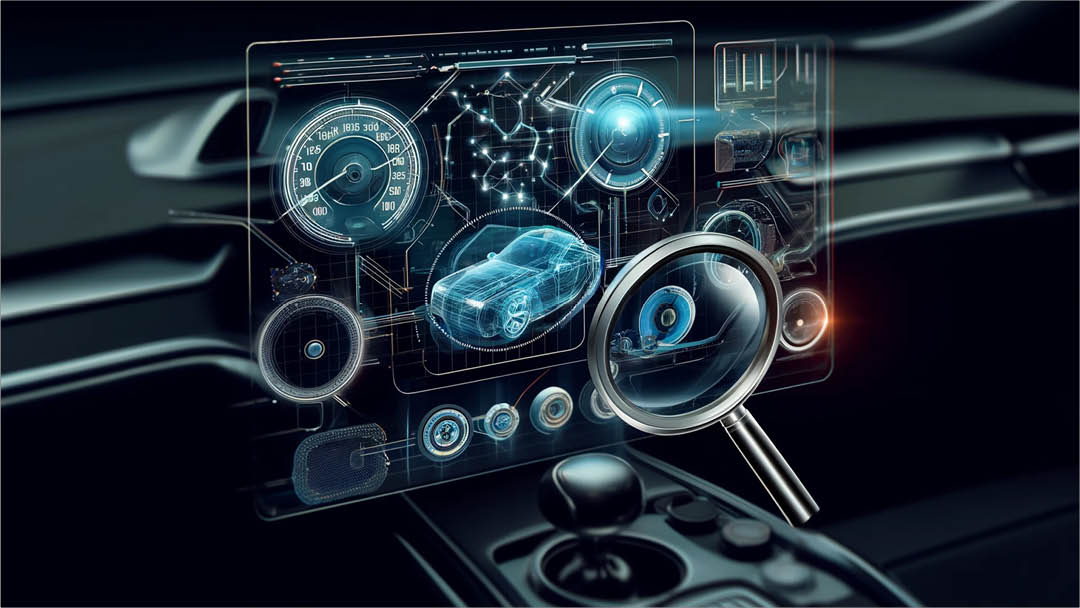In October 2023, the Indian automotive industry was at the forefront of integrating high-performance computing clusters (HPCC) into vehicle systems. This advancement significantly enhanced the capabilities of advanced driver-assistance systems (ADAS) and autonomous driving technologies. The use of HPCC in electric and autonomous vehicles enabled real-time data processing, which improved safety and overall vehicle performance.
Modern HPCC systems allowed for the consolidation of multiple electronic control units (ECUs) into a single high-performance unit. This integration supported advanced functionalities such as real-time navigation, vehicle-to-everything (V2X) communication, and sophisticated driver monitoring systems. Additionally, HPCC-powered digital cockpits merged infotainment, instrument clusters, and head-up displays into a unified, user-friendly interface, enhancing the driving experience by providing seamless connectivity and intuitive features.
Collaborative efforts by industry leaders, including Visteon and Qualcomm, focused on developing next-generation digital cockpits and HPCC solutions. These efforts aimed to deliver advanced vehicle features more efficiently, reflecting a broader trend towards more sophisticated, secure, and user-centric automotive technologies. India’s alignment with these global innovations underscored its commitment to advancing automotive technology and improving vehicle safety and performance.






